Home>Articles>What Size Dehumidifier Do I Need? A Guide To Choosing The Right Model
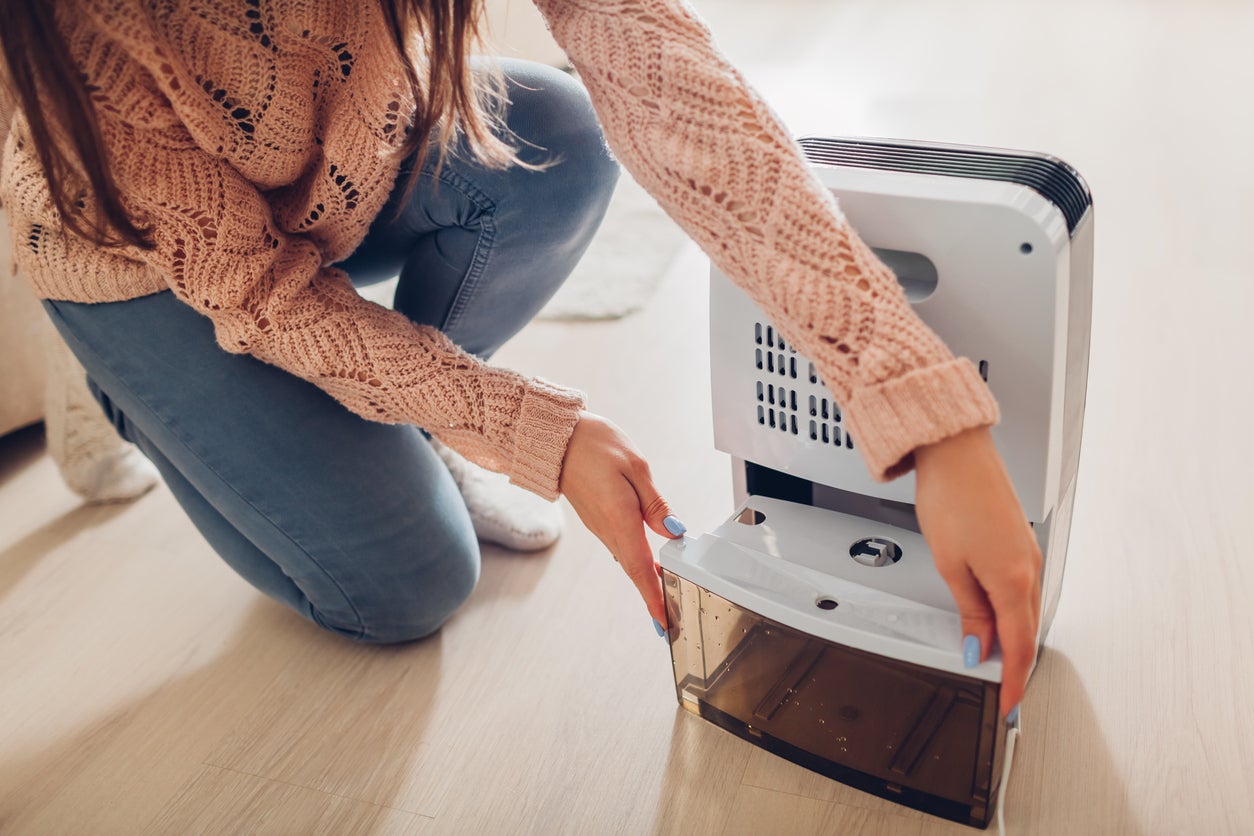

Articles
What Size Dehumidifier Do I Need? A Guide To Choosing The Right Model
Modified: March 20, 2024
Looking for expert advice on choosing a dehumidifier? Read our informative articles for a comprehensive guide to finding the right size model for your needs.
(Many of the links in this article redirect to a specific reviewed product. Your purchase of these products through affiliate links helps to generate commission for Storables.com, at no extra cost. Learn more)
Introduction
When it comes to creating a comfortable living space, maintaining the right humidity level is crucial. Excess moisture in the air can lead to a range of issues, including mold growth, musty odors, and even damage to your furniture and possessions. This is where a dehumidifier comes in handy.
Dehumidifiers are appliances designed to remove excess moisture from the air, helping to create a healthier and more comfortable environment. But with so many options available on the market, it can be overwhelming to determine the right size dehumidifier for your specific needs. Choosing the correct size is important because an undersized dehumidifier won’t effectively remove excess moisture, while an oversized one may consume unnecessary energy and lead to overly dry air.
In this guide, we’ll break down the factors you should consider when determining what size dehumidifier you need for your space. From room size and humidity levels to desired extraction rates and additional features, we’ll help you navigate through the process to ensure you make an informed decision.
Key Takeaways:
- Choosing the right size dehumidifier is crucial for maintaining a healthy living environment. Consider factors like room size, humidity levels, and extraction rates to make an informed decision.
- Understanding the working of dehumidifiers and calculating the required size based on room square footage and humidity levels is essential for effective moisture removal. Choose a dehumidifier that fits your specific needs and environment.
Read more: What Size Bathroom Fan Do You Need? A Comprehensive Guide to Choosing the Right Size for Your Space
Understanding Dehumidifiers
Before diving into the factors to consider when choosing a dehumidifier size, let’s take a moment to understand how dehumidifiers work and why you might need one.
How do dehumidifiers work?
Dehumidifiers work by drawing in moist air from the surrounding environment and passing it over a cold coil. As the air cools, the moisture condenses into water droplets, which then collect in a tank or get drained out through a hose. The dehumidified air is then reheated and released back into the room, effectively reducing the humidity level.
Most dehumidifiers are equipped with a fan, which helps to circulate the air and facilitate the dehumidification process. Some models also include additional features, such as air filters to remove allergens and contaminants, or humidistats to monitor and control the humidity level.
Why do you need a dehumidifier?
Excess humidity can lead to a range of problems in your home. High humidity levels can promote the growth of mold, mildew, and dust mites, which can trigger allergies and respiratory issues. It can also cause damage to your furniture, woodwork, and other belongings, as well as create a musty smell that permeates throughout the space.
A dehumidifier can help combat these issues by effectively reducing the moisture level in the air. By maintaining an optimal humidity level, typically between 30% and 50%, you can create a healthier and more comfortable living environment. This is particularly important in areas with high humidity, such as basements, bathrooms, or regions with warm climates.
Furthermore, dehumidifiers can help in preserving the structural integrity of your home. Excessive moisture can lead to rotting of wood, deterioration of paint, and even damage to electrical systems. By investing in a dehumidifier, you can protect your property and save on potential repair costs in the long run.
Factors to Consider
When it comes to choosing the right size dehumidifier, there are several important factors to consider. These factors will help determine the capacity and capabilities of the dehumidifier, ensuring that it effectively meets your needs. Let’s explore these factors in detail.
Read more: What Size Awning Do I Need
Humidity level
The first factor to consider is the humidity level in your environment. High humidity levels, above 50% relative humidity, require a larger and more powerful dehumidifier to effectively remove moisture from the air. On the other hand, if your humidity levels are moderate, you may be able to opt for a smaller dehumidifier.
Room size and square footage
The size of the room or area you want to dehumidify is another crucial factor. Dehumidifiers are available in various sizes and capacities, ranging from portable units for small rooms to larger, whole-house models. It’s important to measure the square footage of the space accurately and choose a dehumidifier that can handle the corresponding workload.
Specific area or whole-house dehumidifier
Consider whether you need to dehumidify a specific area or your entire home. If you only need to target a certain room or basement, a portable dehumidifier may suffice. However, if you’re looking to dehumidify multiple spaces or an entire house, a whole-house dehumidifier that integrates with your HVAC system may be a more suitable option.
Desired extraction rate
The extraction rate, typically measured in pints per day, indicates the amount of moisture a dehumidifier can remove from the air within a 24-hour period. This rate varies among models, and the appropriate extraction rate depends on the humidity levels and square footage of your space. Higher extraction rates are generally necessary for areas with high humidity or larger rooms.
Read more: What Size Humidifier Do I Need
Energy efficiency and noise level
Consider the energy efficiency and noise level of the dehumidifier. Look for models with an Energy Star rating to ensure energy efficiency and cost savings. Additionally, if you plan to use the dehumidifier in living spaces or bedrooms, opt for a quieter model to avoid disruption.
Additional features and functionality
Lastly, consider any additional features or functionality that may be important to you. This can include features like automatic shut-off when the tank is full, built-in timers, adjustable fan speeds, or digital controls for easy operation. Assess your specific needs and preferences to choose a dehumidifier that offers the desired features and functionality.
Calculating the Required Size
To accurately determine the size of dehumidifier you need, follow these steps to calculate the appropriate capacity for your space:
Step 1: Measure the room
Measure the square footage of the room or area you want to dehumidify. This will help you determine the appropriate size and capacity of the dehumidifier.
Read more: What Size Gutters Do I Need
Step 2: Determine the humidity level
Use a hygrometer to measure the current humidity level in the room. Keep in mind that the recommended indoor humidity level is typically between 30% and 50%. If the humidity level is consistently higher, you may need a larger and more powerful dehumidifier.
Step 3: Calculate the required extraction rate
Based on the measured humidity level, you can calculate the required extraction rate, which is typically measured in pints per day. As a general guideline, aim for a dehumidifier that can extract around 10-12 pints of moisture per day for every 500 square feet of space.
Step 4: Consider the room temperature
Take into account the room temperature when selecting a dehumidifier. Some models may not operate optimally in colder temperatures, so be sure to choose one that is suitable for the temperature range of the room you are dehumidifying.
Step 5: Adjust for moisture sources and conditions
Consider any additional moisture sources or specific conditions that may affect the humidity level in your space. For example, if you have a basement that tends to be damp or if there are certain activities that generate more moisture, such as cooking or showering, you may need to adjust the size of the dehumidifier accordingly.
By following these steps and taking into account the specific factors in your space, you can determine the appropriate size and capacity of the dehumidifier that will effectively remove excess moisture and maintain a healthy humidity level.
Read more: What Size Floor Joist Do I Need
Dehumidifier Size Recommendations
Now that you have an understanding of the factors to consider and how to calculate the required size of a dehumidifier, let’s explore some size recommendations based on the square footage of different room sizes.
Small room (50-150 sq. ft.)
For small rooms, such as bathrooms or closets, a compact and portable dehumidifier with a capacity of 20-30 pints per day is typically sufficient. Look for models that are energy-efficient and have a compact design for easy placement.
Medium room (150-300 sq. ft.)
Medium-sized rooms, such as bedrooms or kitchens, may require a dehumidifier with a capacity of 30-40 pints per day. Look for models that offer adjustable humidity settings and have a medium-sized water tank or drain hose connection for continuous drainage.
Large room (300-500 sq. ft.)
For larger rooms, such as living rooms or basements, a dehumidifier with a capacity of 40-50 pints per day is recommended. Look for models with a larger water tank or a built-in pump for easy water removal.
Read more: What Size Food Processor Do I Need
Extra-large room (500+ sq. ft.)
If you have an extra-large room or a combined space, such as an open-concept living area, you may need a dehumidifier with a capacity of 50 pints per day or more. Consider models with multiple fan speeds and advanced features to efficiently dehumidify the space.
Whole-house dehumidifier
If you are looking to dehumidify your entire home, a whole-house dehumidifier that integrates with your HVAC system is the ideal choice. These systems are designed to handle large areas and offer whole-house humidity control for ultimate comfort.
Keep in mind that these recommendations are general guidelines. It’s important to consider the specific factors of your space, such as humidity levels, temperature, and additional moisture sources, to choose the right size dehumidifier that will effectively maintain a healthy and comfortable environment.
Conclusion
Choosing the right size dehumidifier is essential for maintaining a comfortable and healthy living space. By considering factors such as humidity level, room size, extraction rate, energy efficiency, and additional features, you can make an informed decision about the size and capacity of the dehumidifier that best suits your needs.
Remember to accurately measure the square footage of the room or area you want to dehumidify, as well as determine the current humidity level. Calculating the required extraction rate will help you select a dehumidifier that can effectively remove excess moisture from the air.
Be sure to consider the room temperature and any additional moisture sources or specific conditions that may impact the humidity level. This will ensure that the chosen dehumidifier is suitable for your specific environment.
Based on the square footage recommendations, choose a dehumidifier that fits your needs, whether it’s a portable unit for a small room, a larger unit for a medium or large room, or a whole-house dehumidifier for comprehensive humidity control.
Investing in the right size dehumidifier will not only create a more comfortable and healthier living environment but also protect your belongings and prevent potential damage caused by excessive moisture. It’s worth taking the time to carefully consider your options and make an informed choice that meets your specific requirements.
Remember to regularly maintain and clean your dehumidifier, following the manufacturer’s instructions, to ensure optimal performance and longevity.
By selecting the right size dehumidifier, you can enjoy the benefits of improved indoor air quality, reduced humidity-related issues, and a more enjoyable and comfortable living space for you and your family.
Resources and Recommendations
If you’re ready to start your search for the perfect dehumidifier, here are some resources and recommendations to help you make an informed decision:
Read more: What Size Bath Mat Do I Need
1. Manufacturer Websites
Visit the official websites of reputable dehumidifier manufacturers. They often provide detailed product information, including specifications, features, and customer reviews. This can be a great starting point to explore different options and learn more about specific models.
2. Online Retailers
Online retailers such as Amazon, Home Depot, and Lowe’s offer a wide range of dehumidifiers from various brands. Take advantage of customer reviews and ratings to gain insight into the performance, reliability, and efficiency of different models.
3. Consumer Reports
Consult Consumer Reports for unbiased product reviews and ratings. They provide in-depth testing and analysis of dehumidifiers to help you compare different models and make an informed purchasing decision.
4. HVAC Professionals
Consult with HVAC professionals who are experienced in installing and servicing dehumidifiers. They can provide expert advice on sizing, system compatibility, and installation requirements for whole-house dehumidifiers.
Read more: What Size Air Purifier Do I Need
5. Energy Star Program
Check for dehumidifiers with the Energy Star label. These models meet strict energy efficiency guidelines, which not only helps reduce your carbon footprint but also saves you money on energy bills in the long run.
6. Customer Reviews and Recommendations
Read customer reviews and recommendations on reputable websites and forums. Hearing from other customers who have already purchased and used a specific dehumidifier can give you valuable insights into its performance, durability, and overall satisfaction.
Remember, it’s essential to weigh your specific needs, preferences, and budget when selecting a dehumidifier. Consider the factors discussed in this guide, including humidity levels, room size, extraction rate, energy efficiency, and additional features, to find the best fit for your space.
By researching thoroughly and comparing different options, you can find a dehumidifier that effectively controls moisture, improves indoor air quality, and enhances the comfort of your living space.
Frequently Asked Questions about What Size Dehumidifier Do I Need? A Guide To Choosing The Right Model
Was this page helpful?
At Storables.com, we guarantee accurate and reliable information. Our content, validated by Expert Board Contributors, is crafted following stringent Editorial Policies. We're committed to providing you with well-researched, expert-backed insights for all your informational needs.
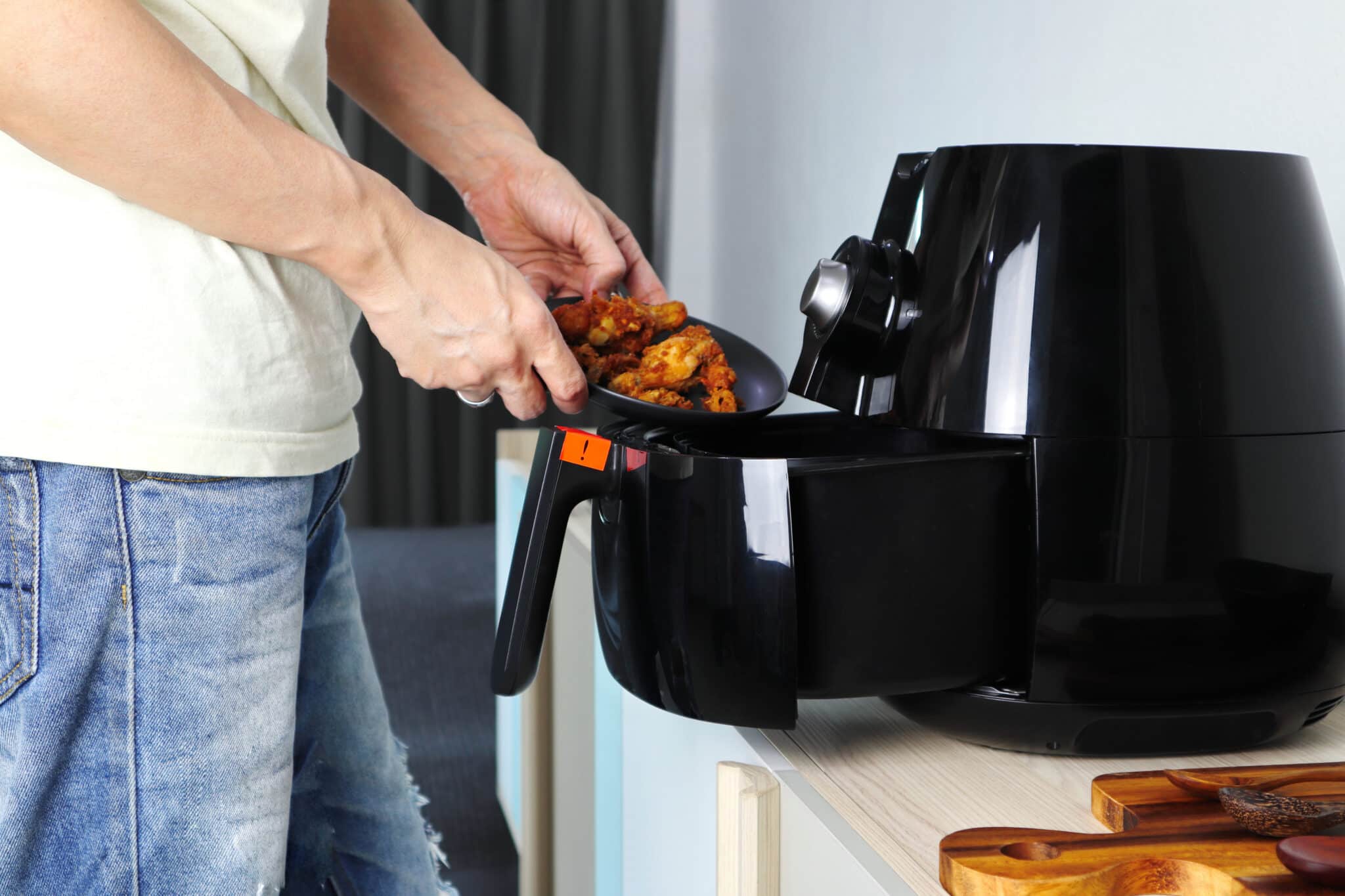
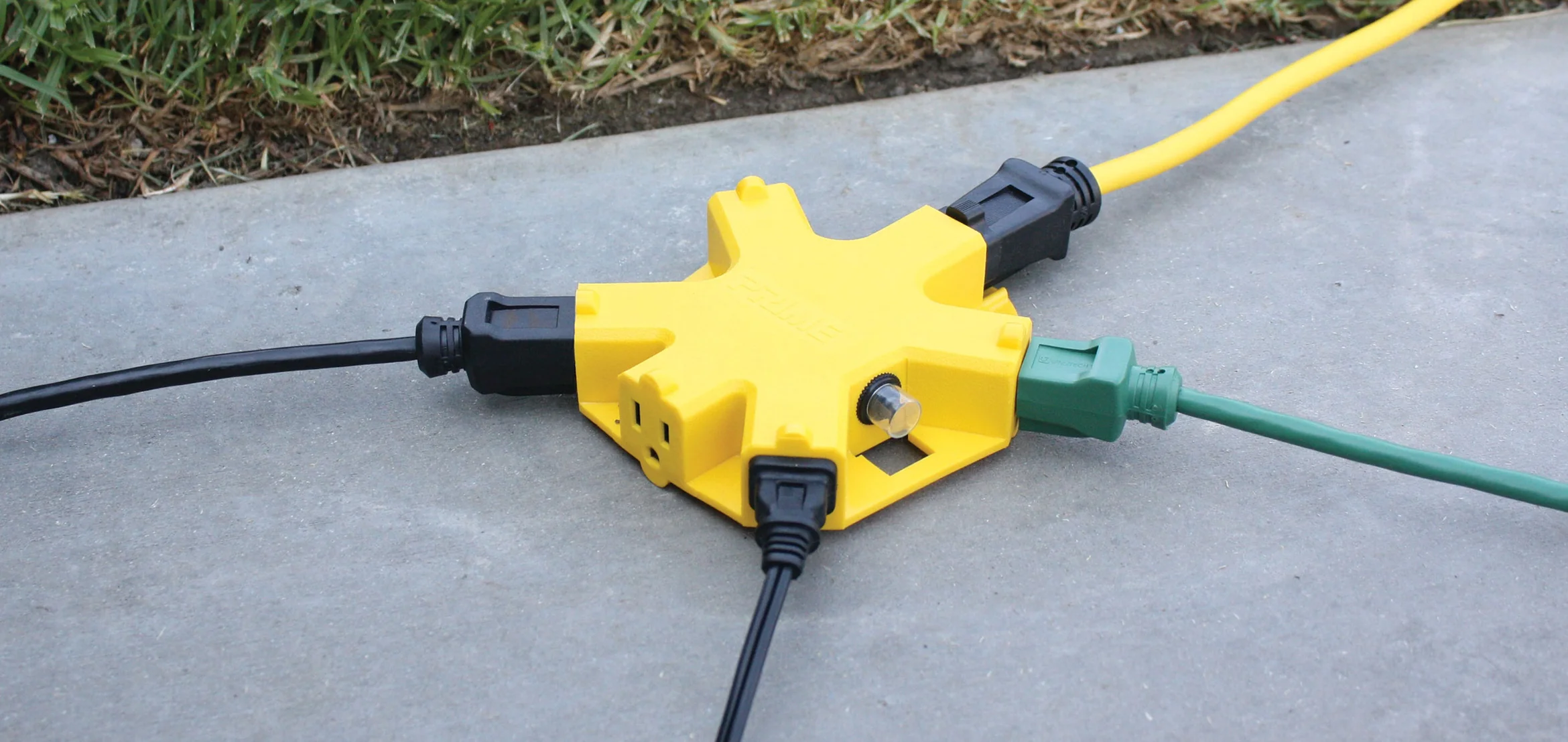


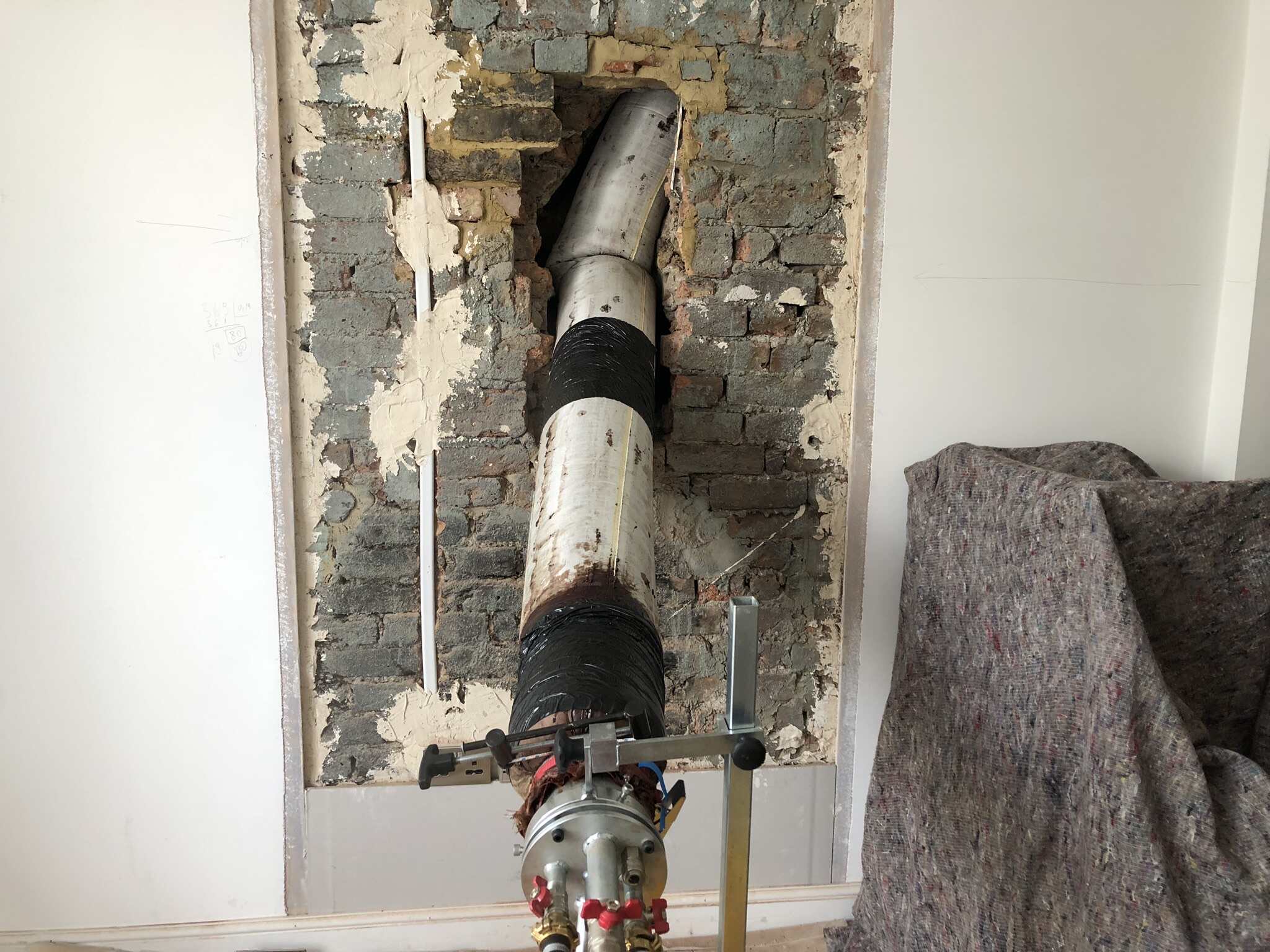
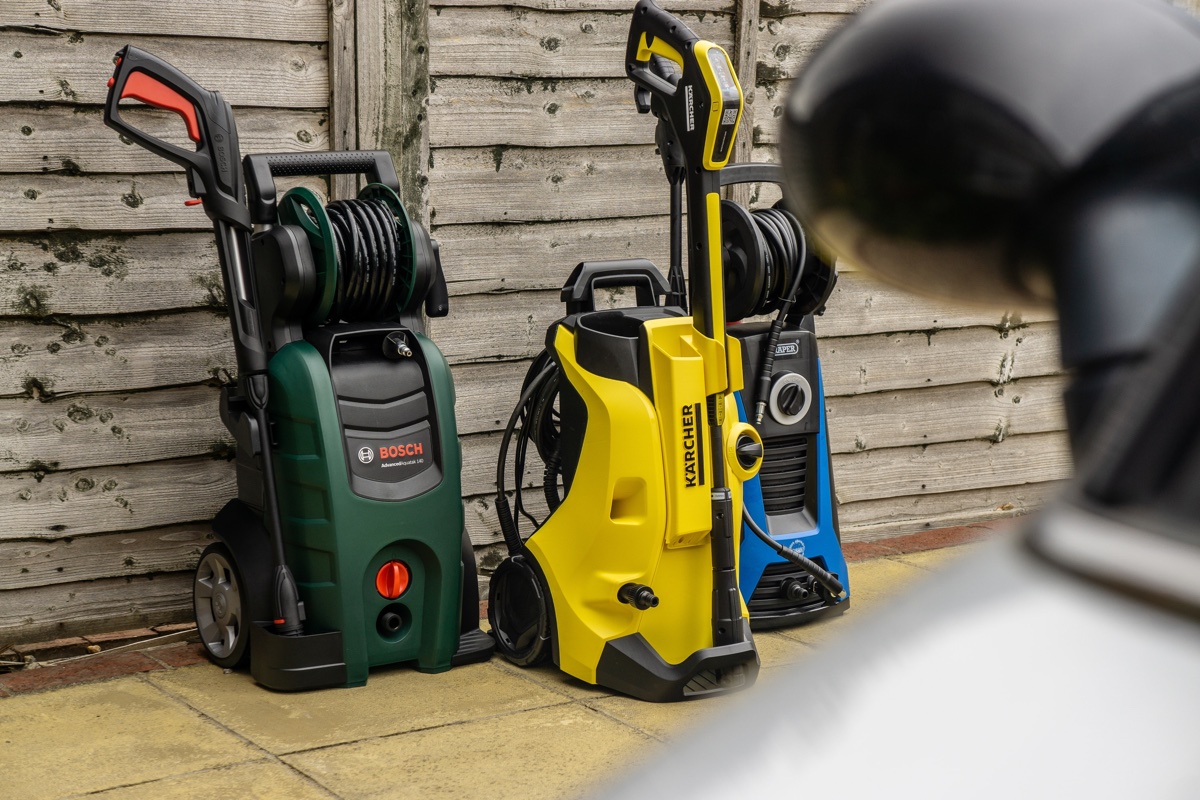



0 thoughts on “What Size Dehumidifier Do I Need? A Guide To Choosing The Right Model”